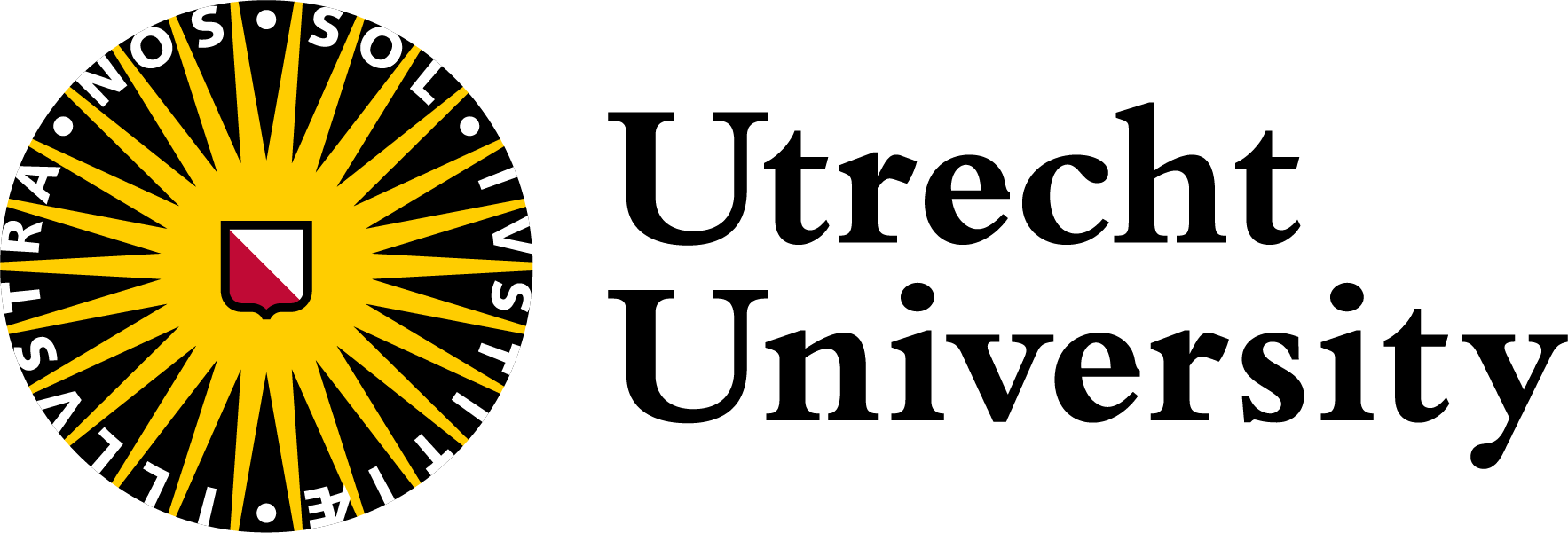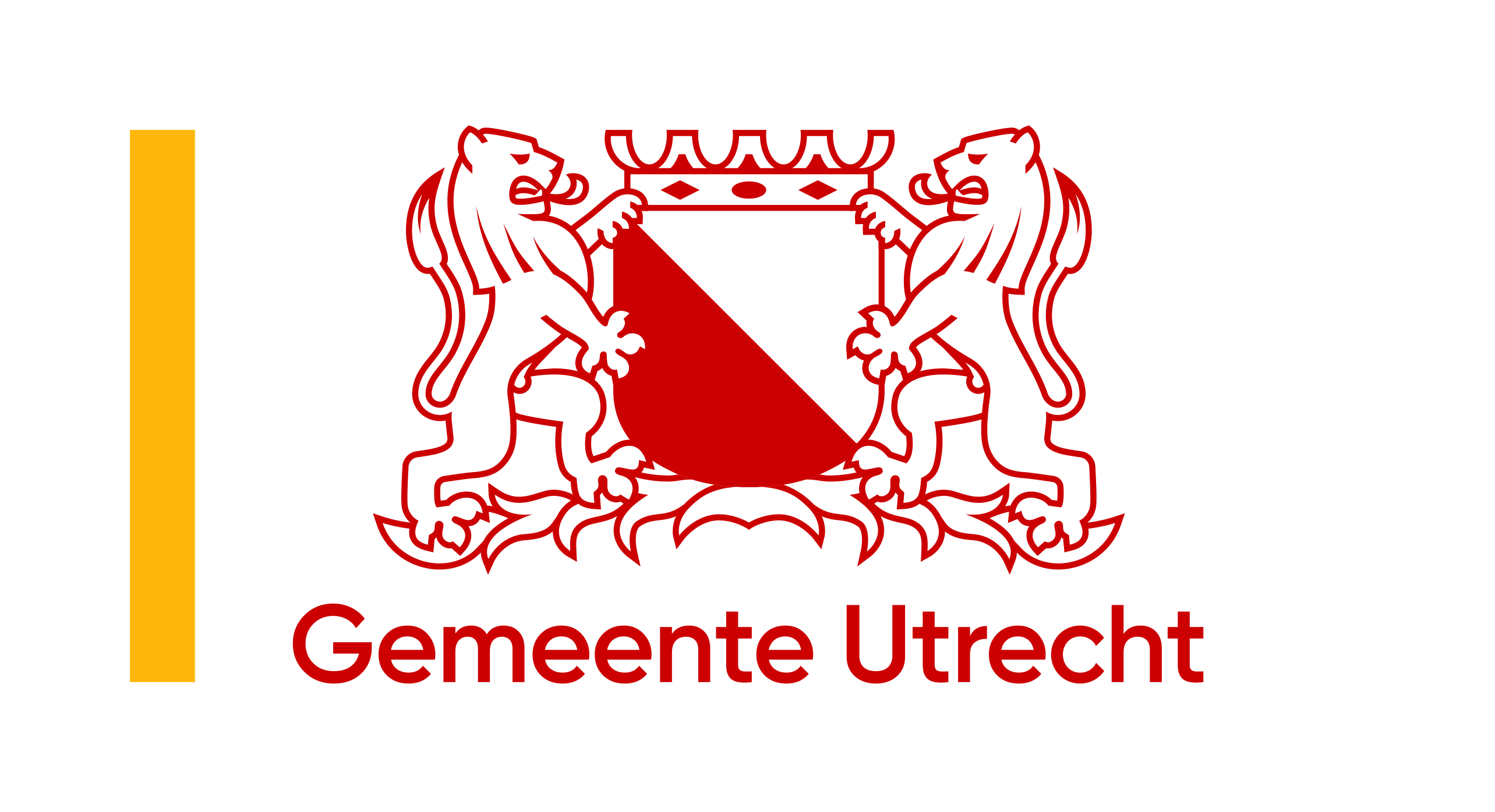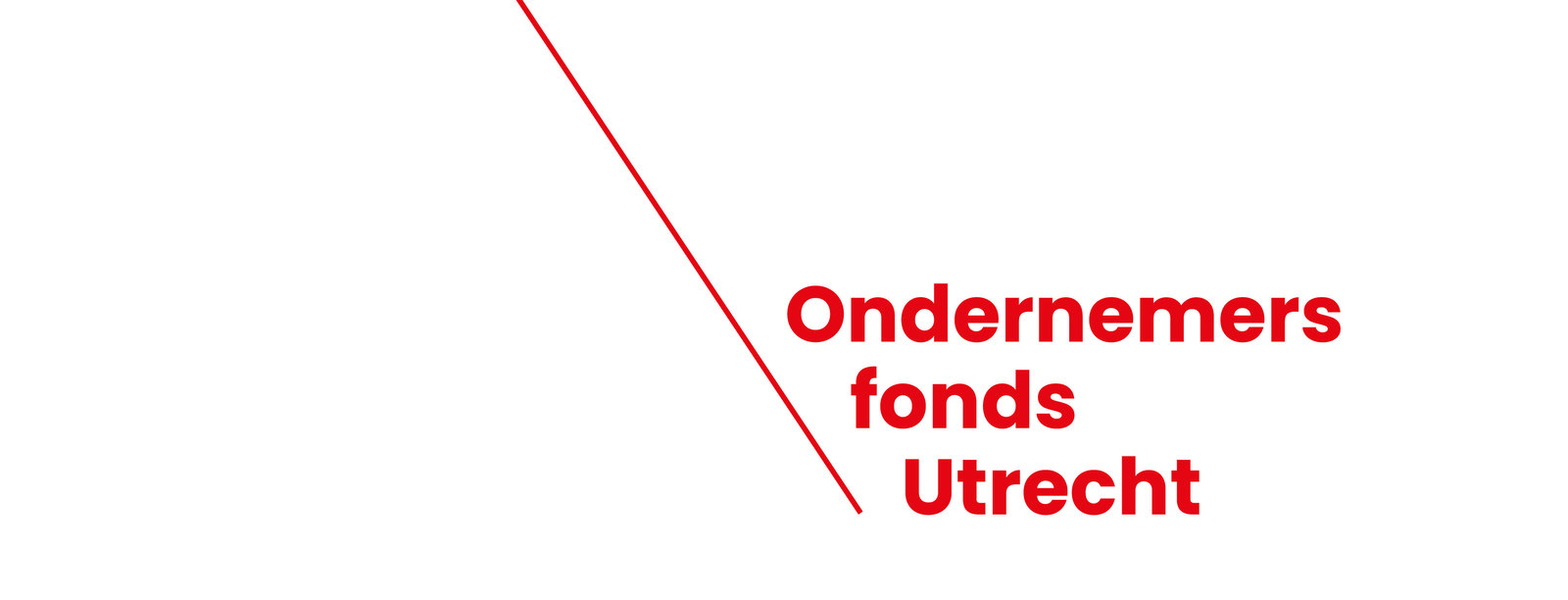HU University of Applied Sciences Utrecht students help build Utrecht’s digital twin
In urban or rural planning, the provincial authorities want to be able to carefully consider the sustainability and impact of choices, supported by hard data. That is why students at HU University of Applied Sciences are helping to build Utrecht's digital twin. Project leader is Koen Smit, researcher with the Meaningful Digital Innovation research group at HU University of Applied Sciences.
When planning area development, various options are almost always considered. However, that consideration process could be improved. Usually, each option is a stand-alone document, sometimes little more than a printout with drawings on it. It is open to question whether its creator has considered all factors and overseen the full impact of the plan. Indeed, that seems impracticable; reality is complex.
Koen Smit: 'The digital twin greatly improves that process. You can look at the area in question in 3D and define the status quo in figures: air quality, noise pollution, odour nuisance, liveability, groundwater, and all kinds of other variables. Then you can digitally simulate each area development option and read what the resulting values would be. Does noise pollution decrease, and by how much? What is the impact on groundwater? Are there any unexpected side effects? Such hard data enables the province to make better choices.'
Besides enabling the provincial authorities to steer more powerfully towards the desired results, a digital twin also reduces failure costs. In the past, variables such as underground cables were sometimes overlooked in some projects. There is now much more insight into these aspects.
Challenge: combining many sources
So a digital twin is fantastic. Why doesn't everyone have one? Smit: 'Several municipalities in the Utrecht region have already been building their own twin for a while. The digital landscape is becoming fragmented. The water board also has large volumes of data available, as does the Land Registry's cable and pipeline centre (KLIC). There are more and more sensors in public spaces, on trams, in cars, on 'sniffer bikes', and so forth. All those data are processed by their own owner at their own location. In this project, HU students create a technical connection to each of these data sources. They also ensure that all the data are visualised in the digital twin in a usable way.'
"What is the impact for groundwater? Are there any unexpected side effects? Such hard data enables the province to make better choices’, says researcher Koen Smit

Obstacles
There are other obstacles besides the technical complexity and the need for all parties to be willing to cooperate. Smit has also considered these. 'Because the situation in the digital twin is constantly changing, it is difficult to legally justify past decisions. You want to be able to demonstrate which data was used to support a certain choice. HU students are currently considering this issue. They want to make it possible to capture and export a data snapshot of an area.' And there are other such issues to consider. Do you actually want to present residents with a proposed plan in such a realistic setting? That would create expectations. Food for thought.
Digital twin? More like a digital shadow
A word about terminology, because strictly speaking it is not entirely a digital twin. Smit explains: 'In a true digital twin, there is a continuous live connection between the digital version and reality. If a hundred cars suddenly drive into a street, that should also happen in the digital version. And vice versa: if you digitally close all the dustbins, the same has to happen in reality. While such a pure digital twin where practically everything is connected live is technically possible, it is very expensive and often not at all necessary. It isn’t in this case either.' For the province of Utrecht, it is more like a digital shadow, a digital copy of reality where vast amounts data are continuously updated.
Curious? Take a look at the Utrecht digital twin for yourself at: 3d.utrecht.nl.
Source: Hogeschool Utrecht








